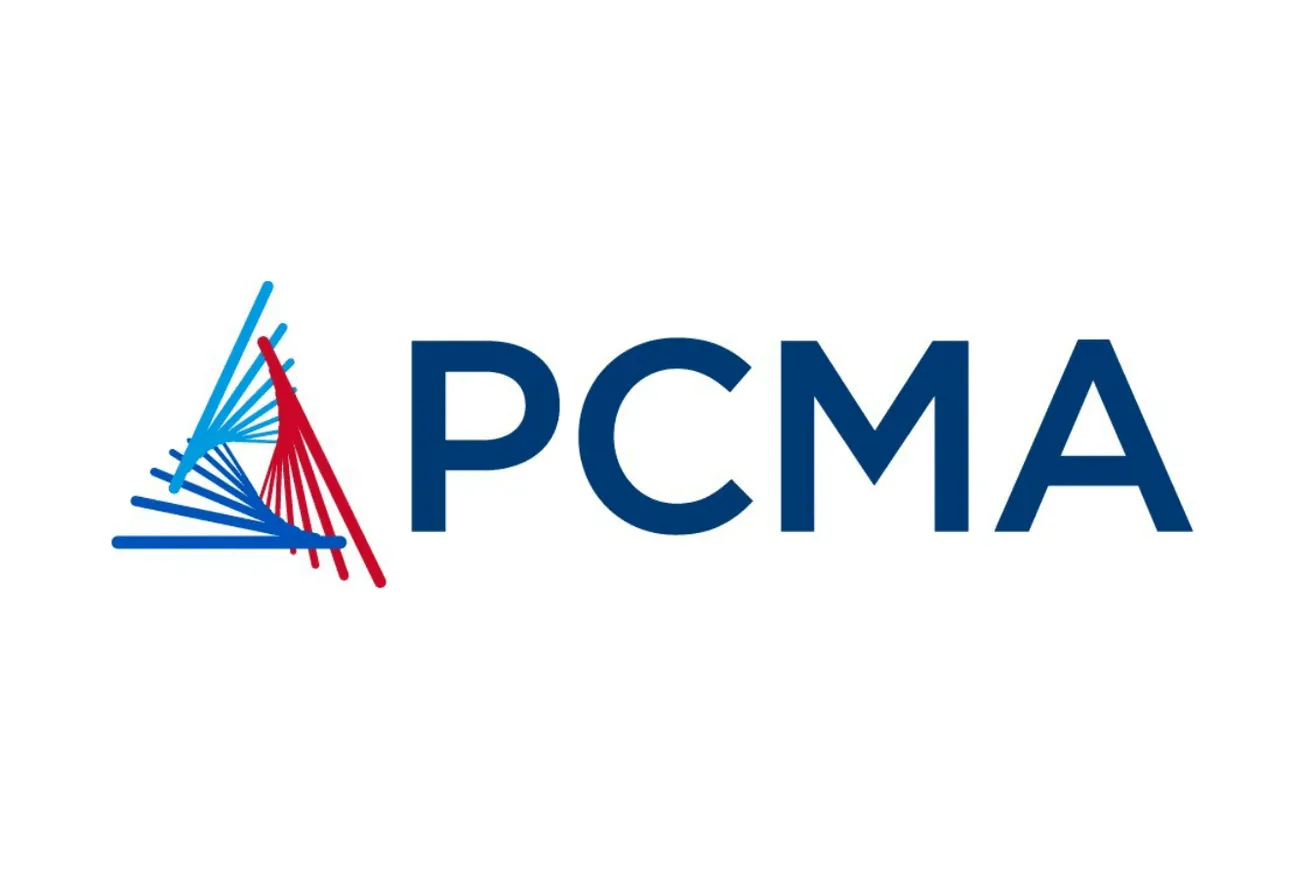COVINA, Calif. — Mall traffic softened in June across all formats, suggesting a normalization of demand following a spring surge driven by tariff concerns rather than a sign of underlying consumer weakness, according to Placer.ai’s June 2025 Mall Index.
The report, which analyzes data from 100 top-tier indoor malls, 100 open-air shopping centers, and 100 outlet malls across urban and suburban areas, showed that indoor malls continued to demonstrate the strongest performance among shopping formats. Visits to indoor malls in June dipped just 0.7% year over year, while open-air shopping centers saw visits decline 1.6%, and outlet malls experienced a 4.4% decrease in visits compared to June 2024.
The slight pullback comes after two consecutive months of year-over-year growth in mall traffic. Placer.ai analysts noted that the surge in April and May was likely fueled by shoppers accelerating purchases ahead of potential price hikes linked to tariffs, resulting in many purchases being made earlier in the season. By June, these early purchases may have led to softer traffic as shopping patterns returned to a more typical cadence.
H1 2025 Traffic Remains Strong with Improved Visit Duration
Despite the June dip, mall traffic trends in the first half of 2025 remained largely positive across the sector. Indoor malls led the way with a 1.8% increase in visits year-over-year, while open-air shopping centers saw a 0.6% rise, and outlet malls experienced a nearly flat 0.8% decline in visits. Notably, all mall types recorded improvements in average visit duration, indicating stronger consumer engagement and higher-quality trips. Indoor malls experienced the most significant increase, with an average dwell time that rose 3.3% year-over-year.
While indoor malls led short-term growth, open-air shopping centers continued to demonstrate long-term resilience, remaining the only shopping center format to exceed pre-pandemic foot traffic. Visits to open-air shopping centers in the first half of 2025 were up 0.3% compared to the first half of 2019. At the same time, indoor malls have seen average visit durations recover more closely to pre-pandemic levels, suggesting a steady improvement in the quality of visits, even as overall visit volumes work to close the gap with 2019 levels.
Quarterly Data Highlights Indoor Mall Comeback
Placer.ai’s analysis of quarterly data since the pandemic reveals the continued strength of open-air shopping centers while also highlighting the accelerating recovery of indoor malls. Open-air centers have consistently met or exceeded pre-pandemic traffic levels over the past two years, with visits in the second quarter of 2025 up 2.7% compared to the same quarter in 2019.
Indoor malls have narrowed the gap significantly, with Q2 2025 visits just 1.1% below Q2 2019, marking their strongest relative performance since 2020 and signaling that the recovery of indoor malls is still unfolding.
Recovery Story Still Being Written
The softer traffic in June likely reflects a natural post-surge adjustment rather than a decline in consumer sentiment, with broader trends pointing to a continuing recovery across the shopping center landscape. Increased visit durations across all mall types in the first half of 2025 indicate that consumers are spending more time during each visit, aligning with patterns of more purposeful shopping trips and engagement with on-site dining and entertainment options.
While visit quantity and quality have yet to return to pre-COVID levels fully, the trajectory remains positive, particularly for indoor malls, which are showing signs of renewed consumer interest as they adapt with experience-focused tenant mixes and upgraded amenities.
The data suggests that while the retail landscape continues to evolve, malls remain an integral part of the consumer shopping journey, with ongoing recovery momentum as the sector adapts to shifting consumer expectations.
For additional data-driven insights on retail foot traffic and consumer behavior, visit placer.ai/anchor.









